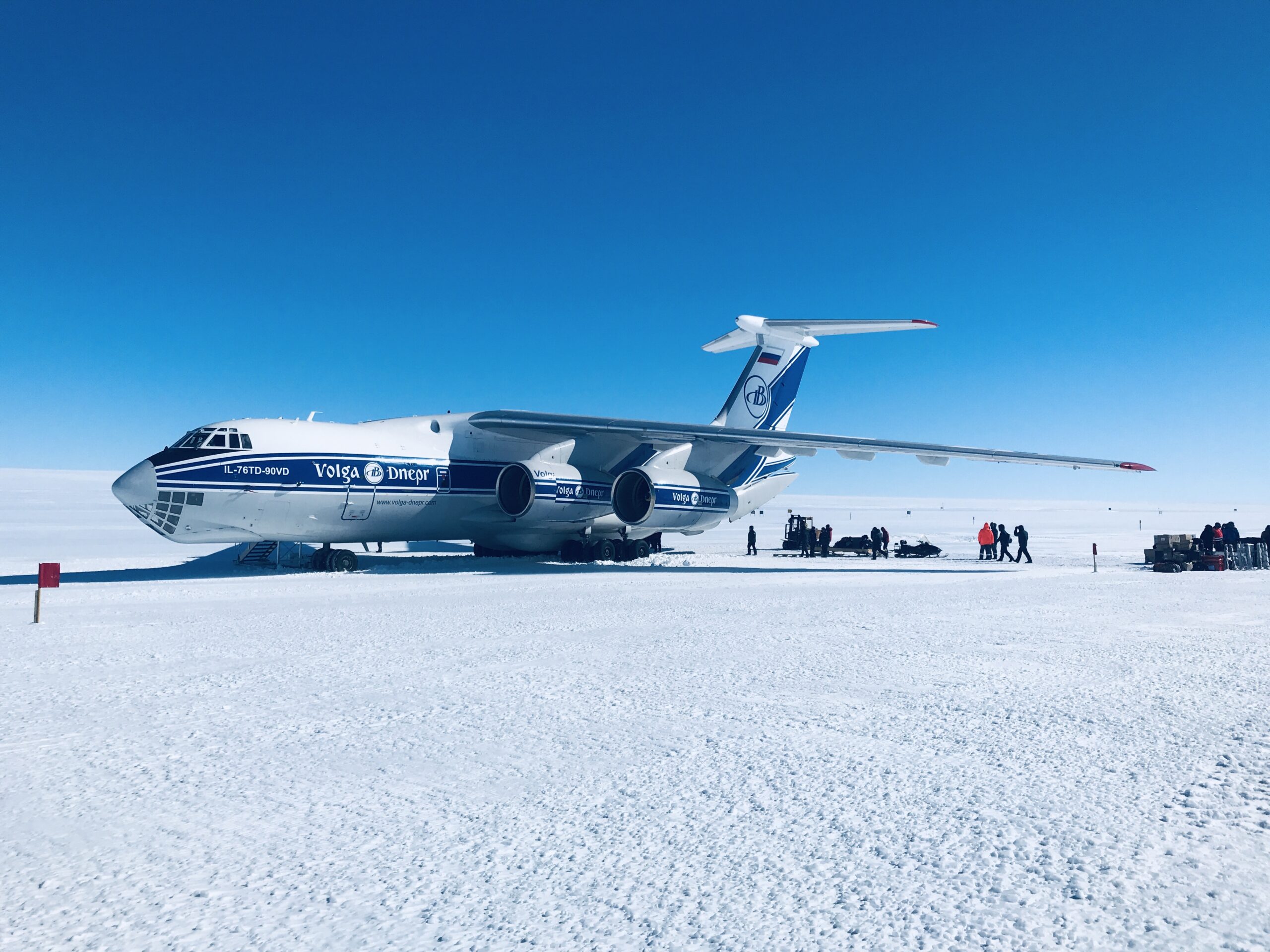The below story is contributed by reader Stas Skripnikov.
I regularly work as a customer service specialist in Volga-Dnepr Airlines, however a few months per year I join as a flight attendant and flight manager in a unique program of flights to Antarctica on one of our IL-76TD-90VD freighters.
I had never thought that this could happen to me but 3 years ago VDA Management gave me an opportunity to become a part of the Antarctic mission, where Volga-Dnepr Airlines has proved itself as a reliable air cargo carrier.
This is how my adventure started. I have been participating in this project for 3 years, with my fourth Antarctic season starting in October 2021.
This job is amazing, it gives me a chance to visit the Seventh Continent and meet a lot of people specialized in various scientific and research areas.
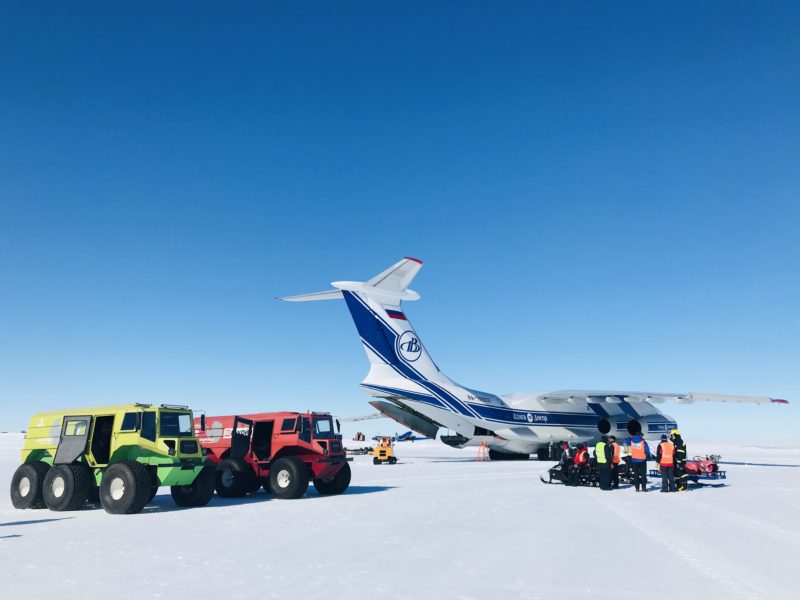
Every season, Volga-Dnepr Airlines delivers more than 300 tons of cargo (provisions, supplies, special vehicles, fuel, etc.) along with cargo attendants to the Antarctic stations. I’m proud to be a part of these operations, contributing to the different scientific research and discoveries being made by scientists from all over the world there.
The Antarctic program starts in the middle of October and lasts till the end of February next year. This period is considered as the summer season in Southern Hemisphere, with the usual ambient temperature being about -5°C to -10°C; it is these climate peculiarities which allow us to perform safe landings and take offs.
Our IL-76TD-90VD ramp aircraft can operate to unprepared aerodromes with unpaved or ice runways. The aircraft is equipped with an onboard crane system, with a lifting capacity of up to 12 tons, for loading and offloading operations, which can significantly reduce ground time.
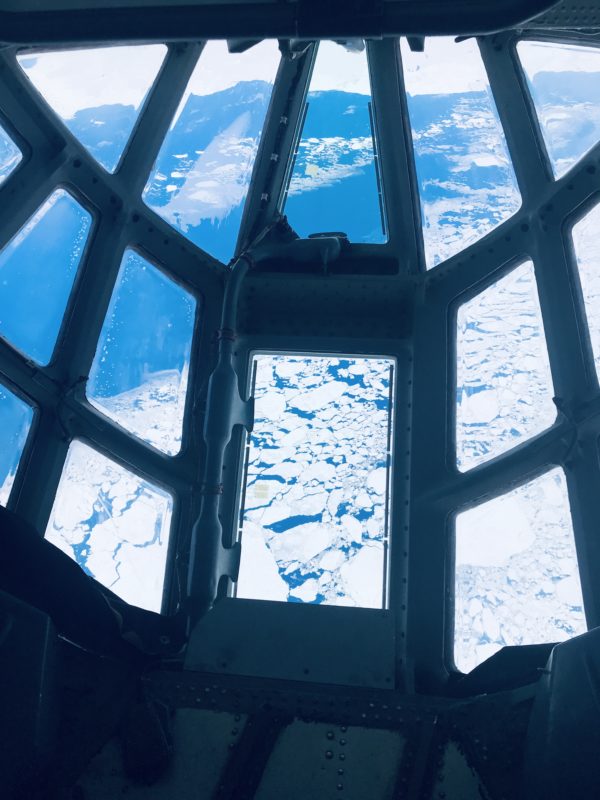
Sometimes, this unique feature is very crucial; especially considering the fact that the weather in Antarctica can change very rapidly, combined with the fact that we have to go back to the base airport located in Cape Town, South Africa right after arrival.
The flight time from base in Cape Town, SAR to Novolazarevskaya station in Antarctica is four and half to six hours, mostly dependant on wind direction. The runway is a blue ice runway!
It is worthy to note that flights to Antarctica are only possible under ideal weather conditions; we usually wait for clear visibility and appropriate wind direction to perform a flight, which means a great deal of work is needed to be done by all parties involved to plan a monthly schedule.
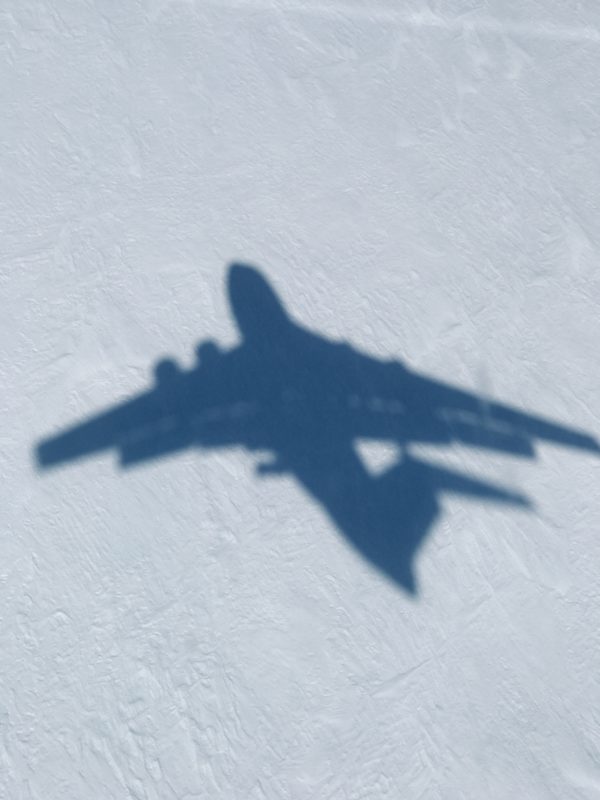
For the sixth year in a row, Volga-Dnepr Airlines was tasked with operating charter flights as part of the DROMLAN international Antarctic project in cooperation with Antarctic Logistics Centre International (ALCI) delivering general cargo.
IL-76 crew comprises of: flight crew (two pilots, flight engineer and navigator) tech crew (loadmaster, senior aircraft engineer, and two A&E technicians) and one flight manager (i.e. me).
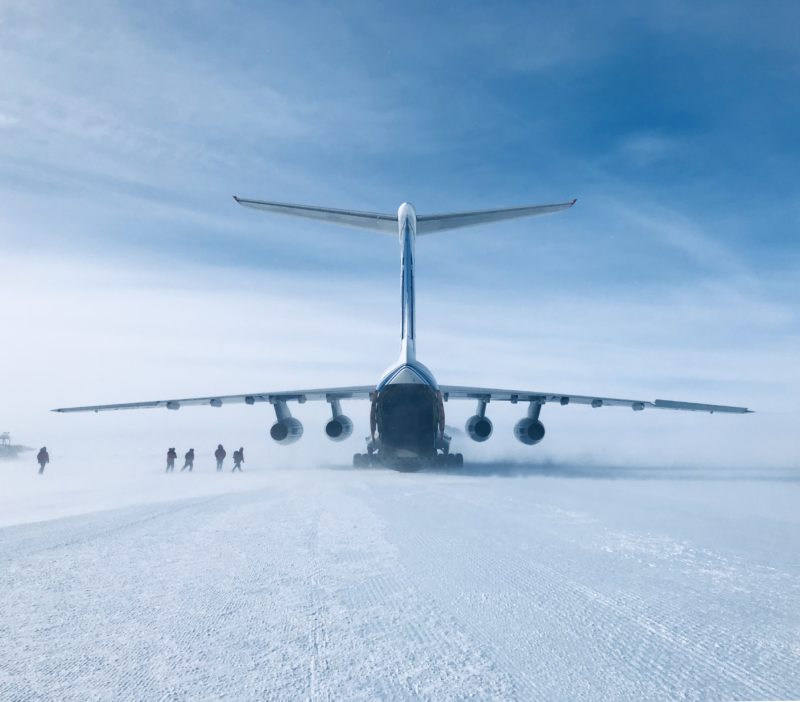
Aircraft preparation for the Antarctic mission usually takes one to two weeks and includes special aircraft maintenance and setting up. For example, engine thrust reversers need to be set to another operating mode to ensure safe landing on the ice runway; an additional GPU is also taken onboard, to ensure flawless departure from Antarctica, among other items such as an additional fly-away kit, etc.
I would also note that, in addition to the above, our IL-76TD-90VD is also equipped to perform paradrop missions. Fuel tanks, attached to a special parachute system, are para-dropped into the hard-to-reach areas or aerodromes situated enroute to the South Pole.

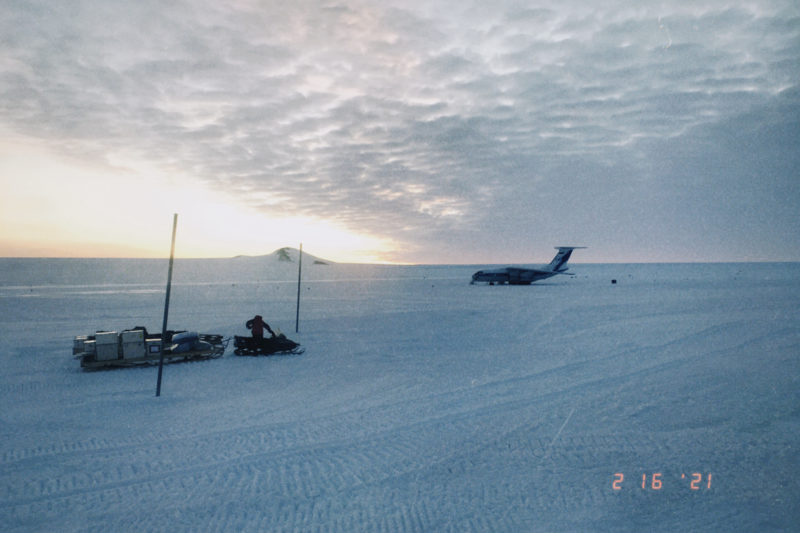
All Antarctic operations are under special control in Volga Dnepr Airlines Flight Operations Control Centre, located in Ulyanovsk, Russia, and are supported by different divisions and departments including Customer Service, Operations, Air Navigation, Ground Handling, Meteorology, Maintenance and Flight Departments.
This story is contributed by reader Stas Skripnikov.


